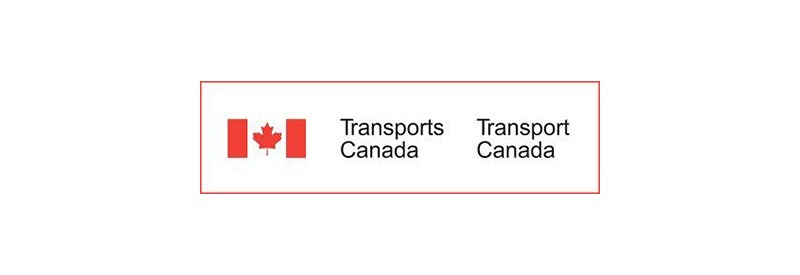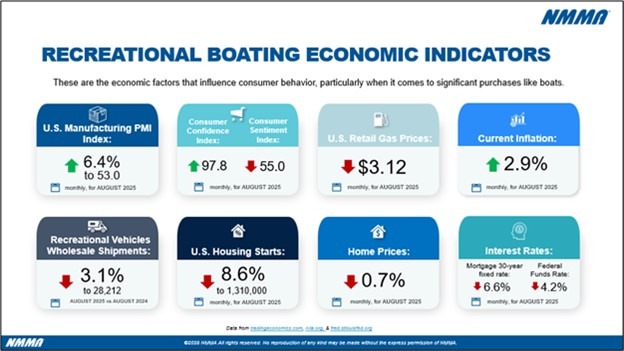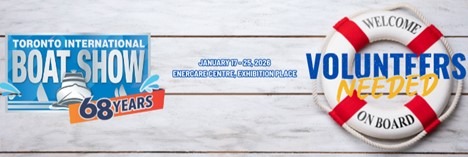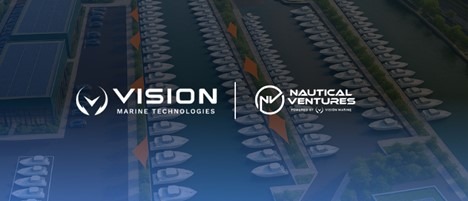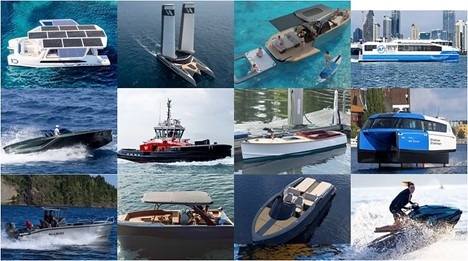How engaged are you in the industry?
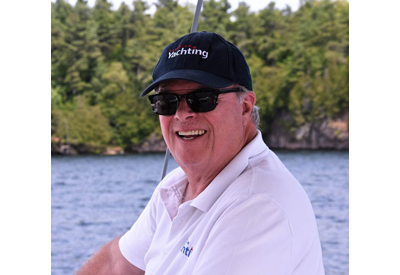
May 1, 2022
Canada’s national and provincial marine trades associations are all very actively involved with our government’s legislation as it impacts the boating industry. Transport Canada through the Office of Boating Safety, gathers industry and public input in the course of their approval process.
Transport Canada is really much more engaged in the fisheries and commercial shipping industry. However, recreational boating falls under their mandate. Last week I spent several hours attending the Canadian Marine Advisory Council (CMAC) meetings held virtually across Canada. There were several matters up for debate that you might care about.
Larger pleasure craft have been required to carry distress flares for years now and disposing of them has been very difficult. In November of 2021 Transport Canada made electronic strobe signals legal for the first time. However, Canadian “electronic visual distress signal devices” as they are calling them (eVDSDs), require labeling in English and French (of course) and our government has chosen to go with a 2-colour eVDSD rather than a single colour as the United States Coast Guard has approved. As a result, while single-colour eVDSDs retail for about $125, the best price I’ve found on a 2-colour version is well over $400.
I understand the language labeling, but why is our Canadian eVDSD different than the American version?
At $125 (for safety equipment that should last for many years), I could see lots of Canadian boaters adding this piece of safety equipment, even on boats where they are not required. But at $400 to $500, there may be a lot less uptake. If safety is the primary consideration, wouldn’t it be better to have more boats equipped with these? I was not a part of the CMAC input in 2019 and did not have the opportunity to ask. My bad…
Another matter being discussed now, and one that looks like it will get approval at some point, is to allow the sale of motorized surfboards in Canada. Currently they are prohibited. Some of these are now equipped with foils and are apparently a real thrill to ride, but the electric motor has an exposed propeller. There’s an obvious safety problem with that.
So, some manufacturers of these boards have fitted propeller guards, but the performance is much better without the guard and private owners often remove it. This is a hot product; these powered surfboards are already being retailed in Canada in spite of the fact that they aren’t approved and we even have companies providing education and instruction on how to ride them.
As an industry, we need to safeguard our customers and do everything possible to avoid the black eye of marketing unsafe products. That’s why it’s so important that our industry is engaged in this approvals process.
The best way to do that is to be an active member of your provincial marine trades association, find out what’s going on and how you can participate in the decision making. There are many major changes being discussed right now.
Andy Adams – Editor

